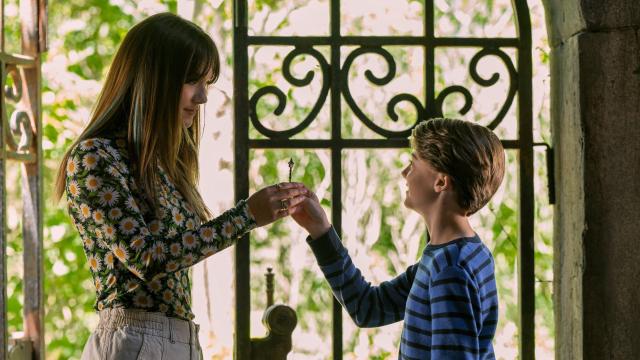Locke & Key’s third and final season arrived on Netflix this week, and while there was a lot to like about it, it had some flaws, too — enough to make it the series’ weakest outing. However, that doesn’t mean you should skip watching the final chapter of this entertaining, imaginative show based on the Joe Hill and Gabriel Rodríguez comic series.
Here’s what we liked most about season three, as well as what we could have done without. Obviously, if you haven’t binged it yet, you’ll need one of these…

Liked: The new villains
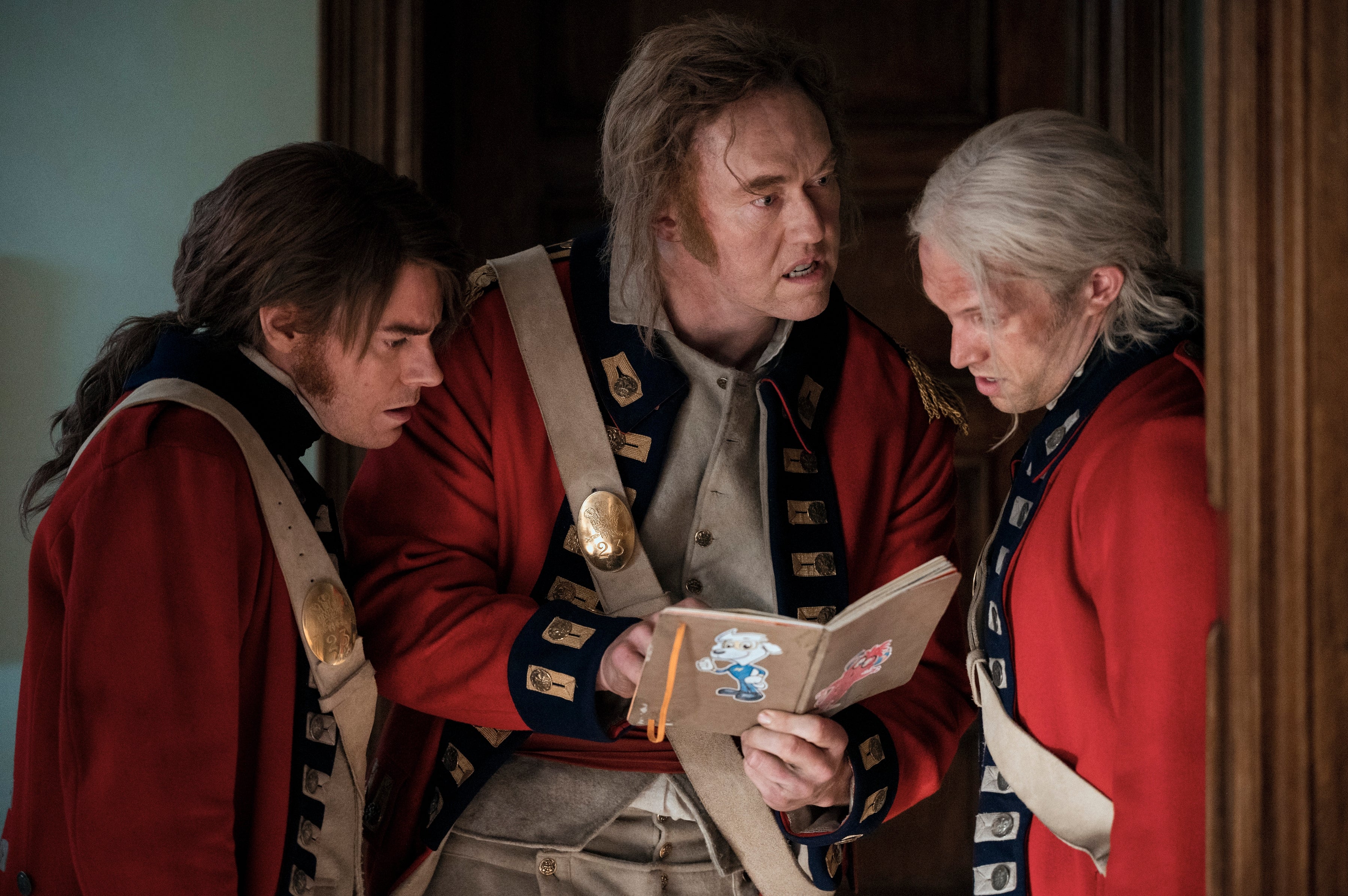
After being summoned by the Echo Key at the end of season two, the first thing demon-possessed Revolutionary War captain Gideon (Kevin Durand) did in season three was bring back a couple of minions: Coffey (Jeff Lillico) and Bolton (Ian Lake). The evil this trio represents feels deeper and darker than anything glimpsed in previous seasons, but there’s also a goofiness to them as they stumble around 21st century America. My favourite was probably the moment when Coffey and Bolton, stealing clothes so they can attempt to blend in, find themselves confronting zippers for the first time: “What are these? They look like evil little teeth” — but Gideon’s maniacal delight in cars was a close second.
Didn’t like: Gideon’s goal
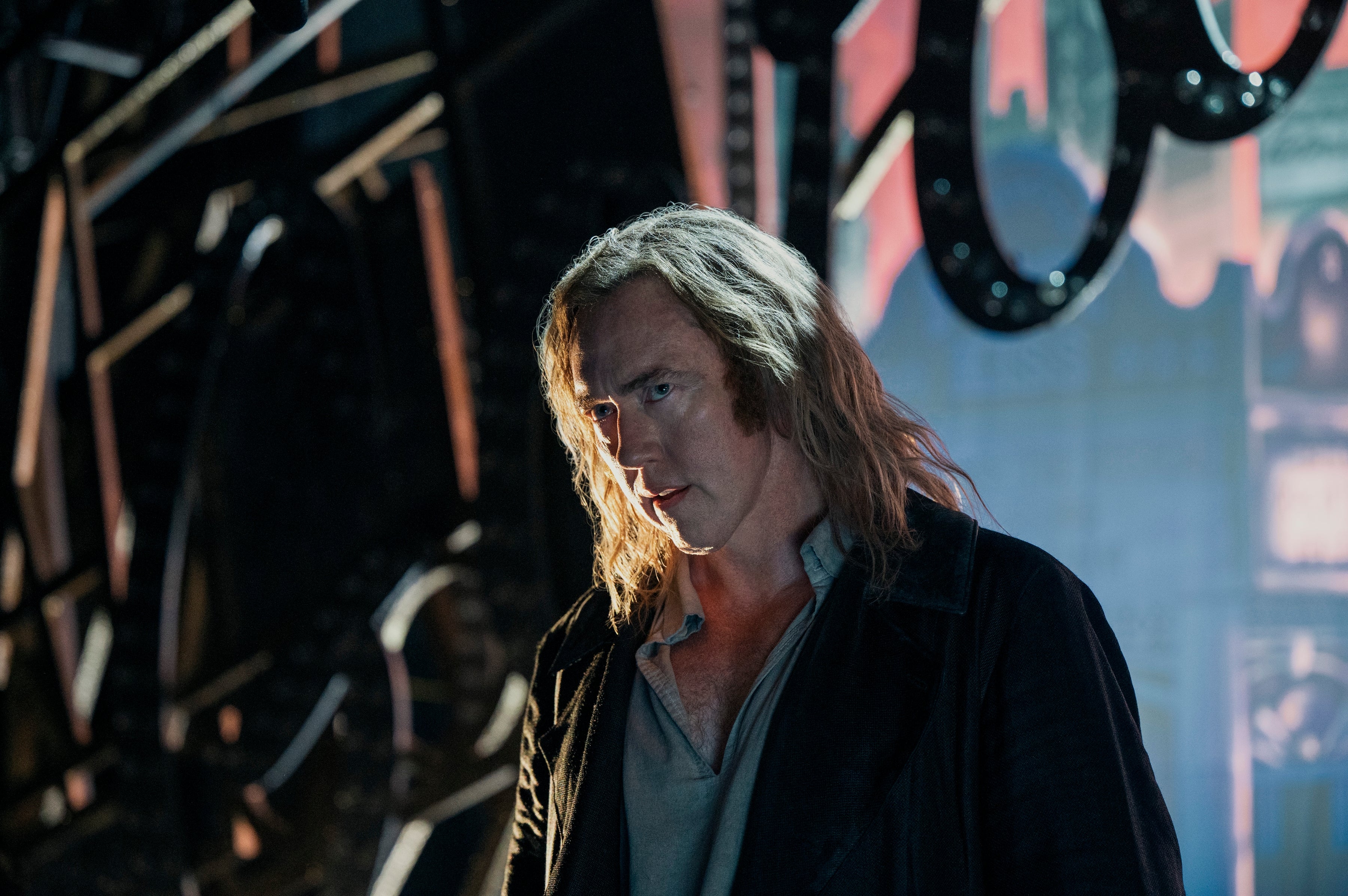
Durand’s campy (yet deadly) performance as Gideon was never tiring, but the character’s ultimate goal — collecting all the magical keys and opening a portal to the demon world large enough to consume the human world — just didn’t feel as dangerous as it should have. In seasons one and two, the villainous Dodge, in all her disguises, created malevolent chaos by tracking down individual keys and delighting in using them against the Lockes and their friends. Gideon didn’t care about using the keys in any way except smushing them together to create his hellmouth — a bit boring, to be honest.
Liked: Bode as Dodge
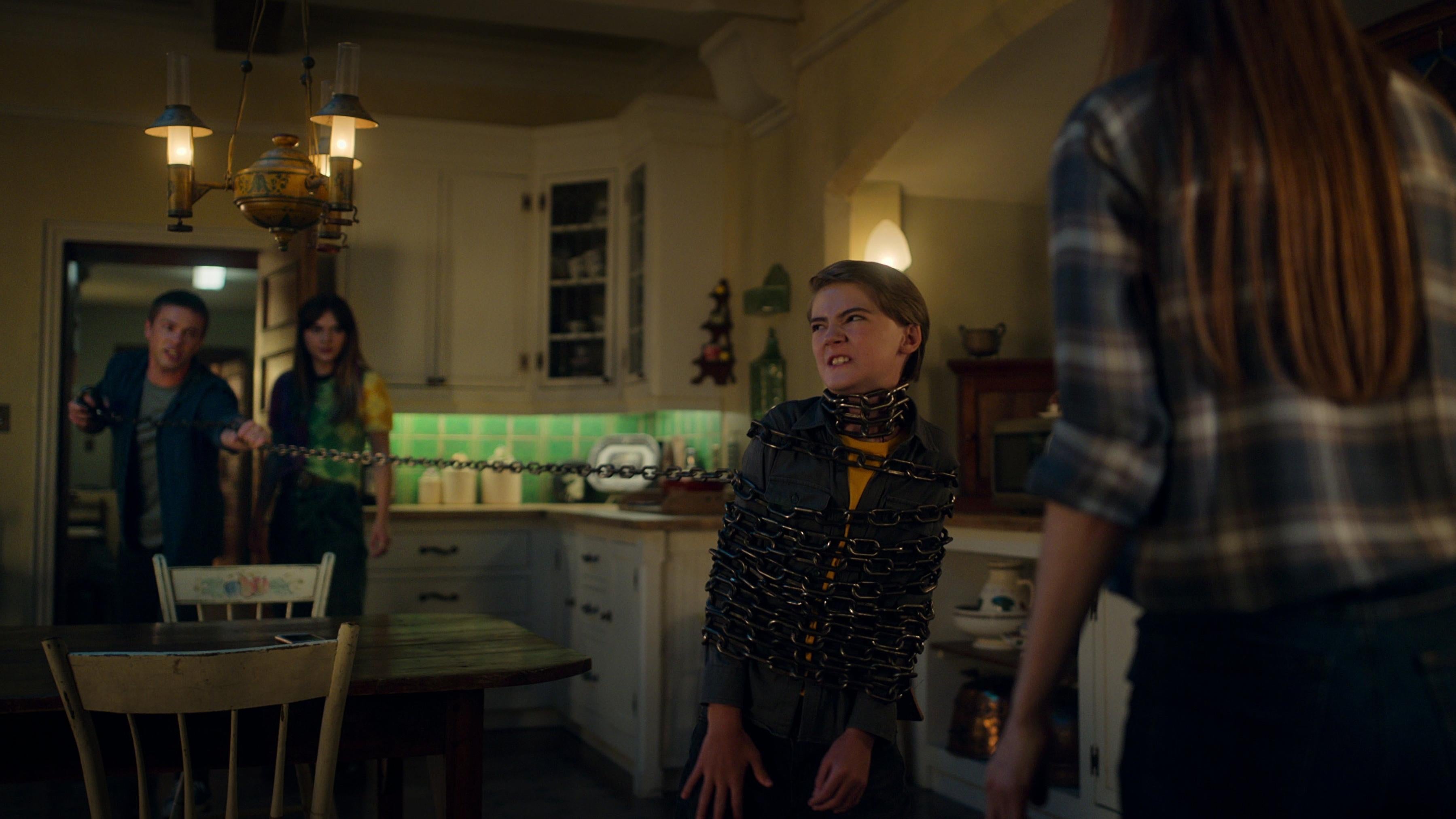
While we had some issues with Bode as Bode (see next slide for more), Bode being possessed by Dodge — who snuck into season three thanks to some highly irresponsible key use (again, see next slide for more) — was a riot. Jackson Robert Scott was clearly having a blast playing a new version of his character, almost as much fun as we had watching him transform from earnest tween into rude, snarky, world-weary arsehole.
Didn’t like: Watching characters repeat their mistakes
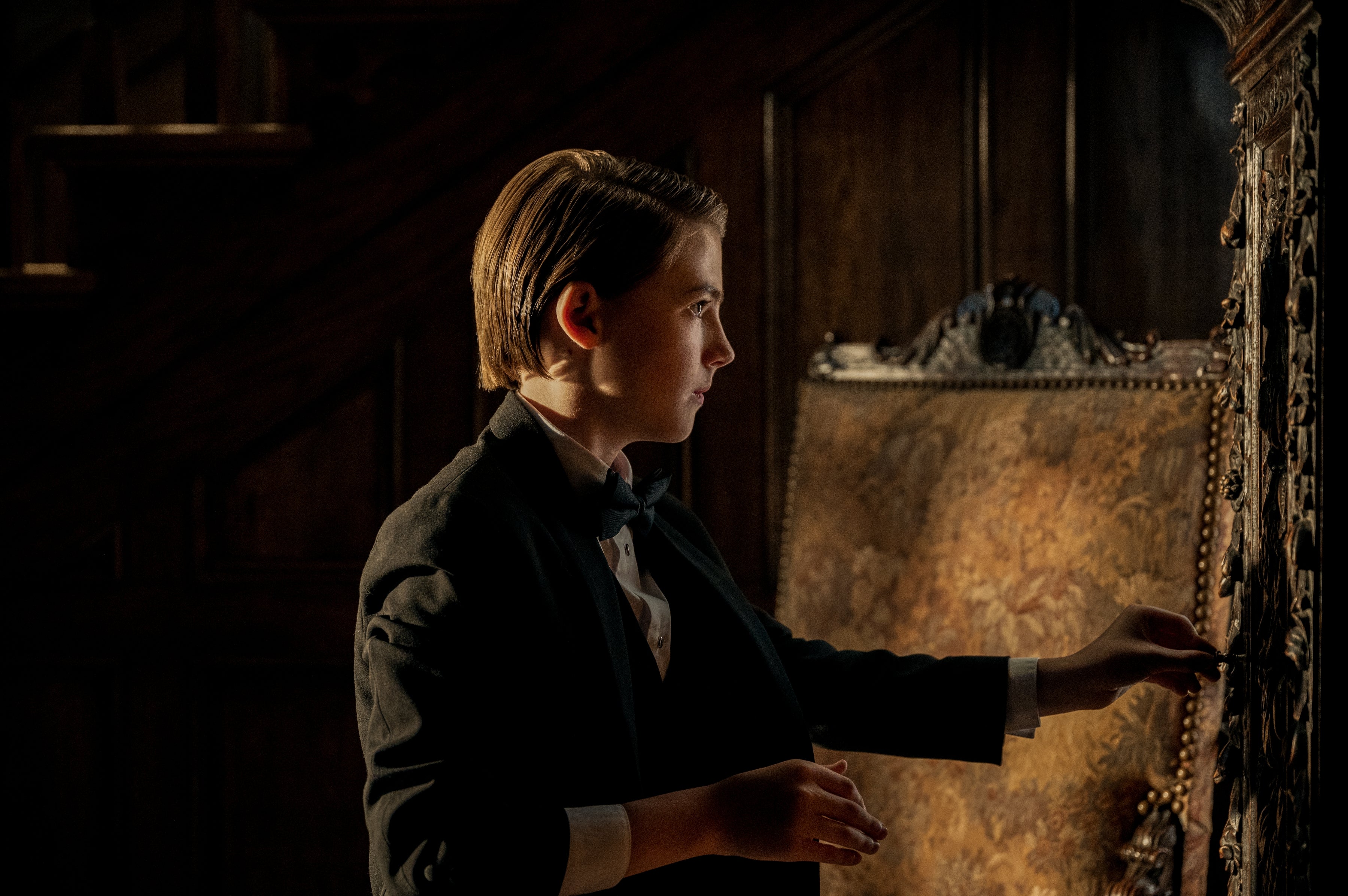
Locke & Key season three goes out of its way to remind us that the keys (which are made out of hunks of metal from the demon world) want to be used, and are constantly using their psychic influence to get some lock-turning action. While there’s no Locke more vulnerable than young Bode, his habit of recklessly using keys is still incredibly frustrating. It also causes a lot of worry and havoc for everyone else. By the point in the season where Bode uses the Timeshift Key (after being specifically told not to) — blundering into the past and interrupting one of season two’s pivotal fights by announcing “I’m from the future! I know how this ends!” — you’re ready to agree with Dodge (Laysla De Oliveira) when she calls out the pitch of his voice for being “so damn obnoxious.”
Liked: The Savinis 2.0
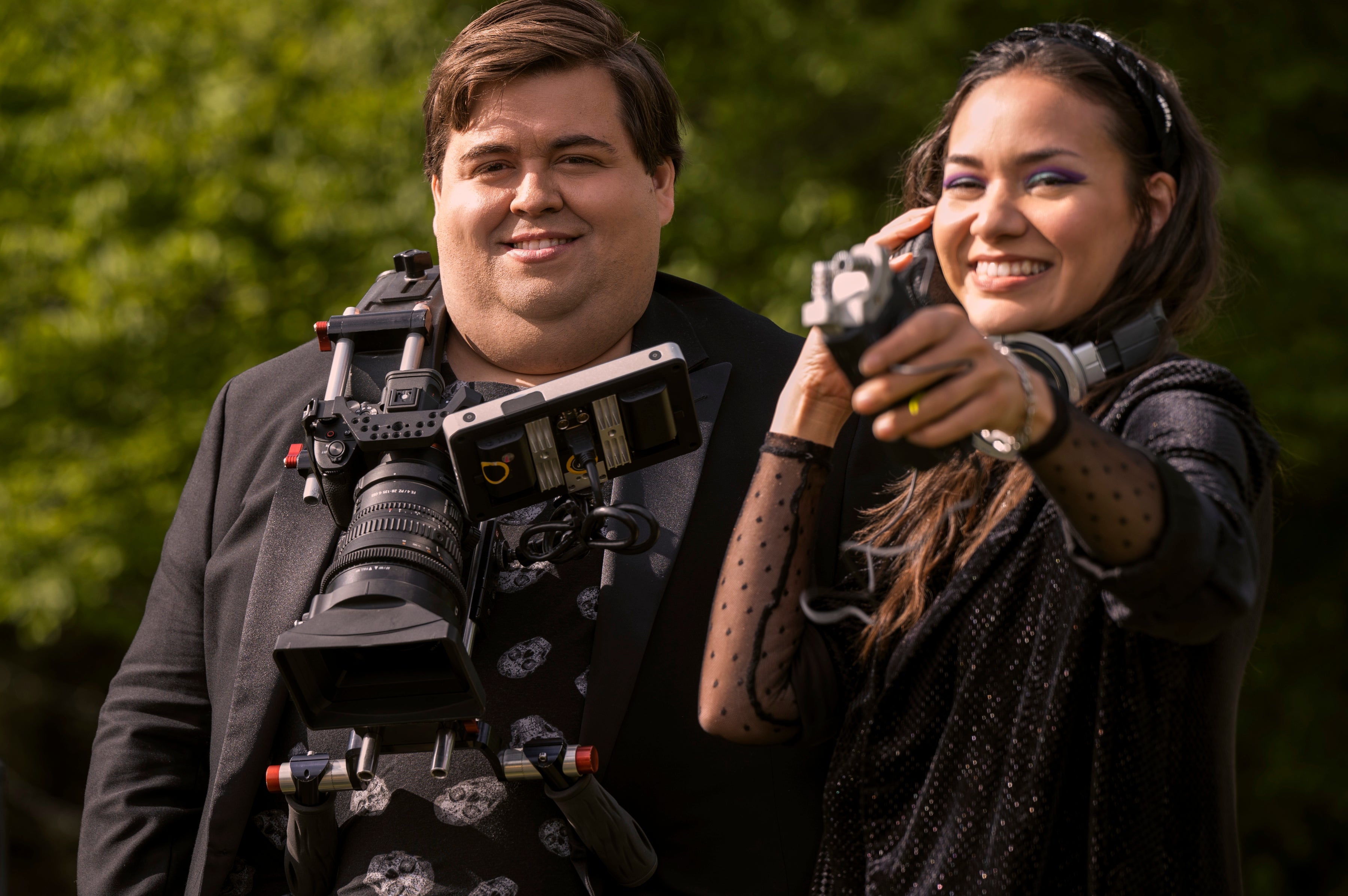
Scot (Petrice Jones) was overseas at film school for most of season three. But Kinsey’s (Emilia Jones) other filmmaking pals — aka “the Savinis” — carried on, working on the sequel to their low-budget creature feature The Splattering alongside paid gigs around town, including making a tourism video for Matheson and acting as videographers for Duncan Locke’s (Aaron Ashford) wedding. We didn’t get to spend as much time with Doug (Jesse Camacho), Abby (Leishe Meyboom), and Zadie (Asha Bromfield) as we did in earlier seasons, and they didn’t take an active part in the fight against evil this time around. But they stepped up when Kinsey needed help disposing of Eden’s (Hallea Jones) dead demon body — it’s nice having friends who’ll understand your magical dilemmas, no questions asked — and they even all survived to attend The Splattering 2‘s big premiere at the end.
Didn’t like: Carly

At the end of season two, Tyler (Connor Jessup) decided to forget magic and spend some time away from Keyhouse. At the start of season three, we see he ended up in Montana building houses alongside Carly (Oriana Leman), an oddly written character who’s presented as both “cool, sexy tomboy” and “aggressive almost-stalker,” leaning into the latter after she drives all the way to Massachusetts when Tyler doesn’t return her messages. Carly helps Tyler realise he needs to resolve some issues within himself so he can move on from all the tragedy he’s faced — including the very recent death of his beloved girlfriend. And while she’s a positive influence, she’s also awfully pushy about it. Why can’t Tyler just take the time he needs without his next relationship waiting in the wings? We’re clearly supposed to find her likable, but… eh.
Didn’t like: The waste of Gordie

Season three fleshes out Gordie Shaw (Michael Therriault), a minor character who went to high school with the late Rendell Locke (Bill Heck), but wasn’t part of his cool-kid friend group and therefore doesn’t know about magic. Gordie suddenly becomes a huge part of season three when it’s discovered there’s a key hidden inside him — and the gang has to venture into his head to find it. There, they face great peril while Gordie’s worst memories, including his traumatic experience coming out to his mother, play on a loop behind them. (Gordie’s queerness is never addressed beyond that, at least not that I noticed — other than the fact that he’s really into theatre.) Both Carly and Gordie exist mostly as season-three plot devices that shape the actions of Locke & Key’s main characters, but Gordie — who gets horribly murdered by Gideon! — feels especially shoehorned in, then discarded when he’s no longer needed.
Liked: The almost-redemption of Sam
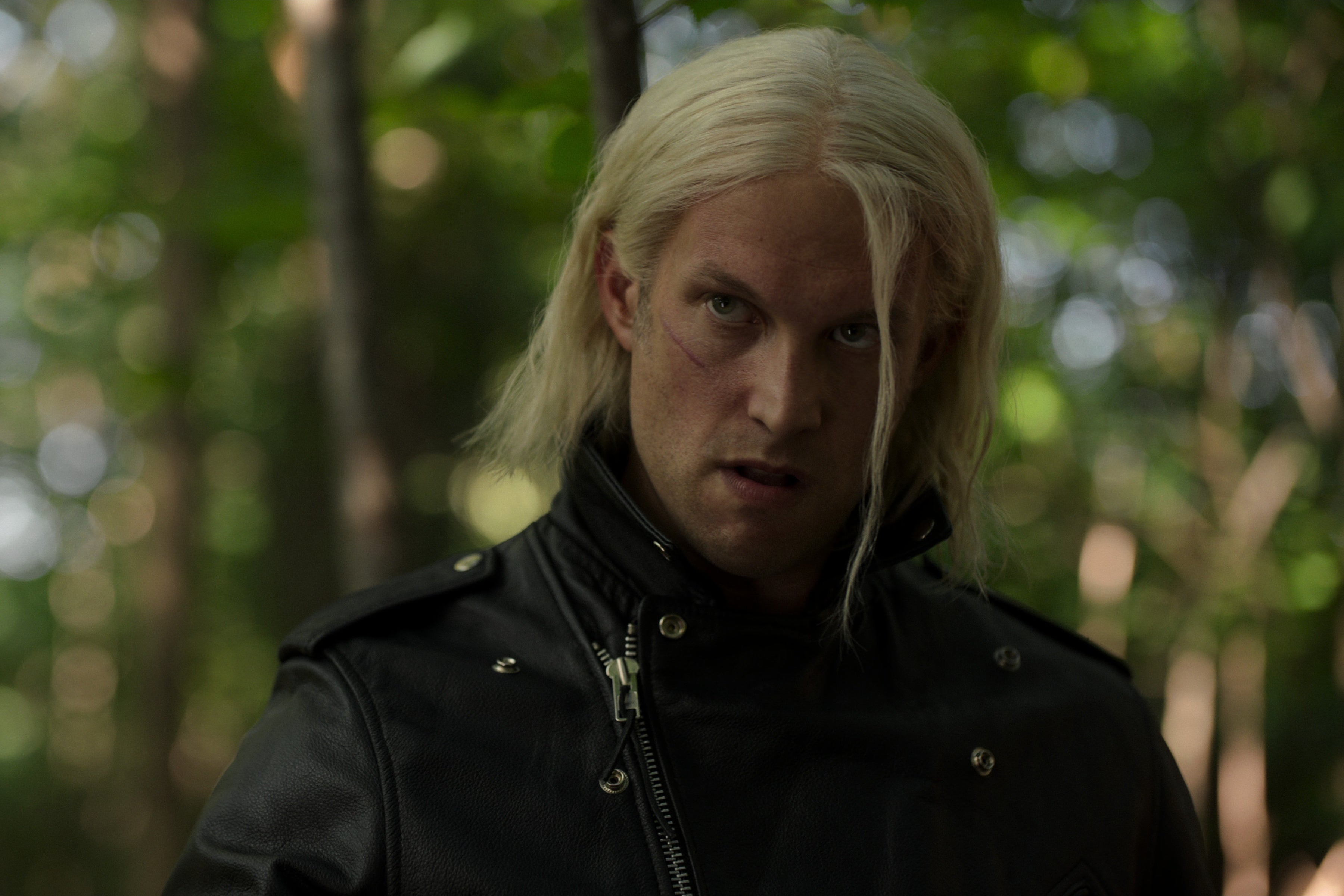
Back in season one, while under the influence of Dodge, high-school misfit Sam (Thomas Mitchell Barnet) murdered Rendell Locke, setting Locke & Key’s plot in motion. Later, he travelled to Keyhouse and accidentally got trapped by the Ghost Key — spending season two and most of season three as a remorseful, occasionally helpful spirit. In season three, however, he was able to return to the real world by slipping into the body of one of Gideon’s henchmen — allowing him to apologise, profusely and sincerely, for all the pain he caused the Locke family. While they’re understandably reluctant to forgive, he ends up sacrificing his new corporeal form to save them in the end, and it’s implied he gets a peaceful death for his troubles.
Didn’t like: Tyler’s memory flip-flop

Remember all the hand-wringing surrounding Tyler’s decision not to use the Memory Key at the end of season two, meaning he’d forget magic when he turned 18? Once he returned to Keyhouse in season three, his inability to understand what was really going on caused him (and the audience) so much frustration it was a huge relief when he decided he’d use the Memory Key after all. Like there was ever any doubt that he would?
Liked: Ellie’s return
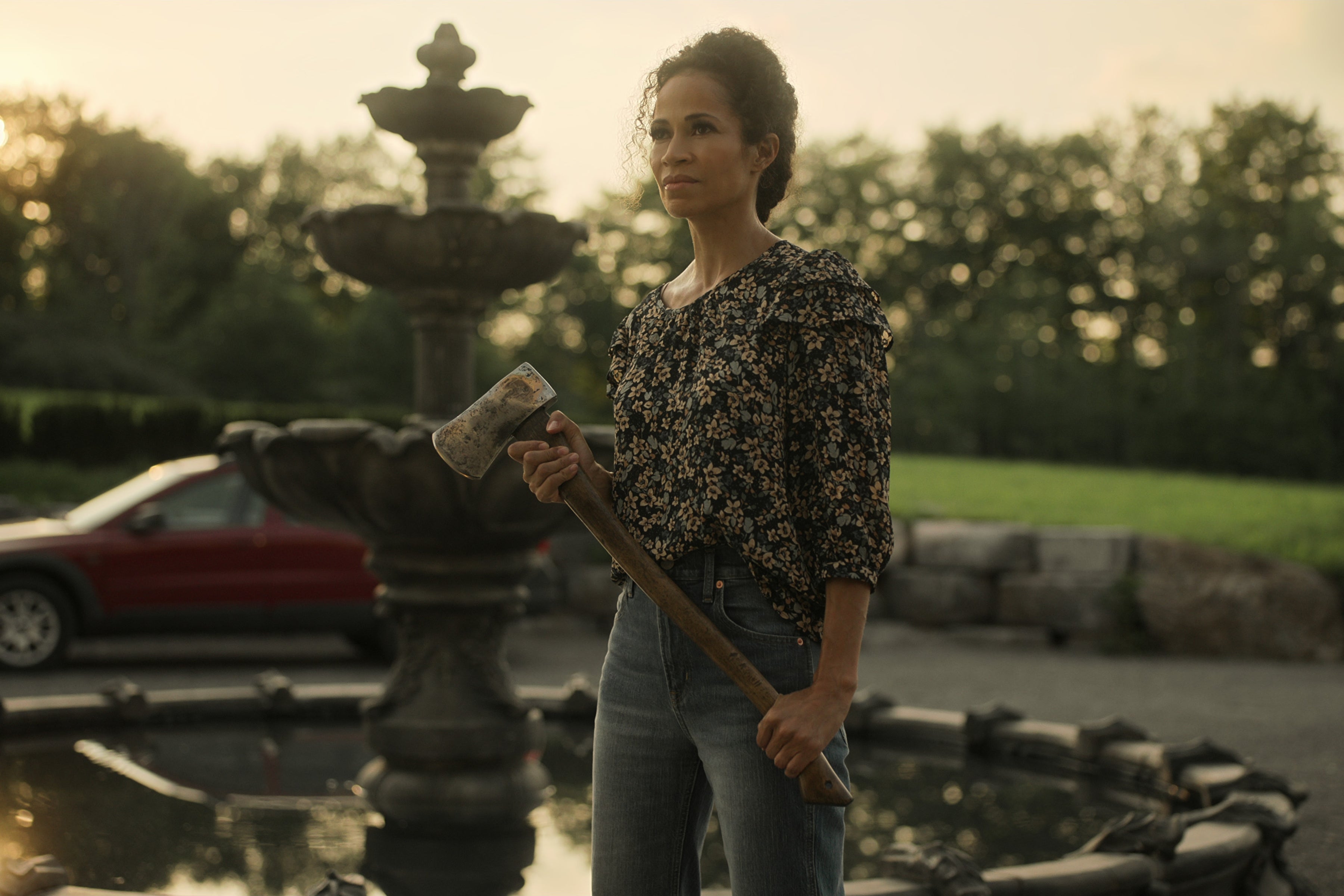
Accidentally thrown behind the Black Door at the end of season one, Ellie (Sherri Saum) escaped at the end of season two and really started to put her life back together in season three. Not only does she have to contend with demons determined to subjugate humanity using cruel violence, she has to deal with bitchy co-workers gossiping about where she’d been during her unexplained absence — while also trying to decide if she and her son, Rufus (Coby Bird), should stay in Matheson after everything they’ve been through. Ellie’s quiet but determined way of facing her trauma was inspiring (as was her bravery in jumping right back in to help the Lockes), and the warm welcome she received when she decided to return to her gig coaching a local track team was one of season three’s most unexpectedly touching moments.
Didn’t like: The pacing
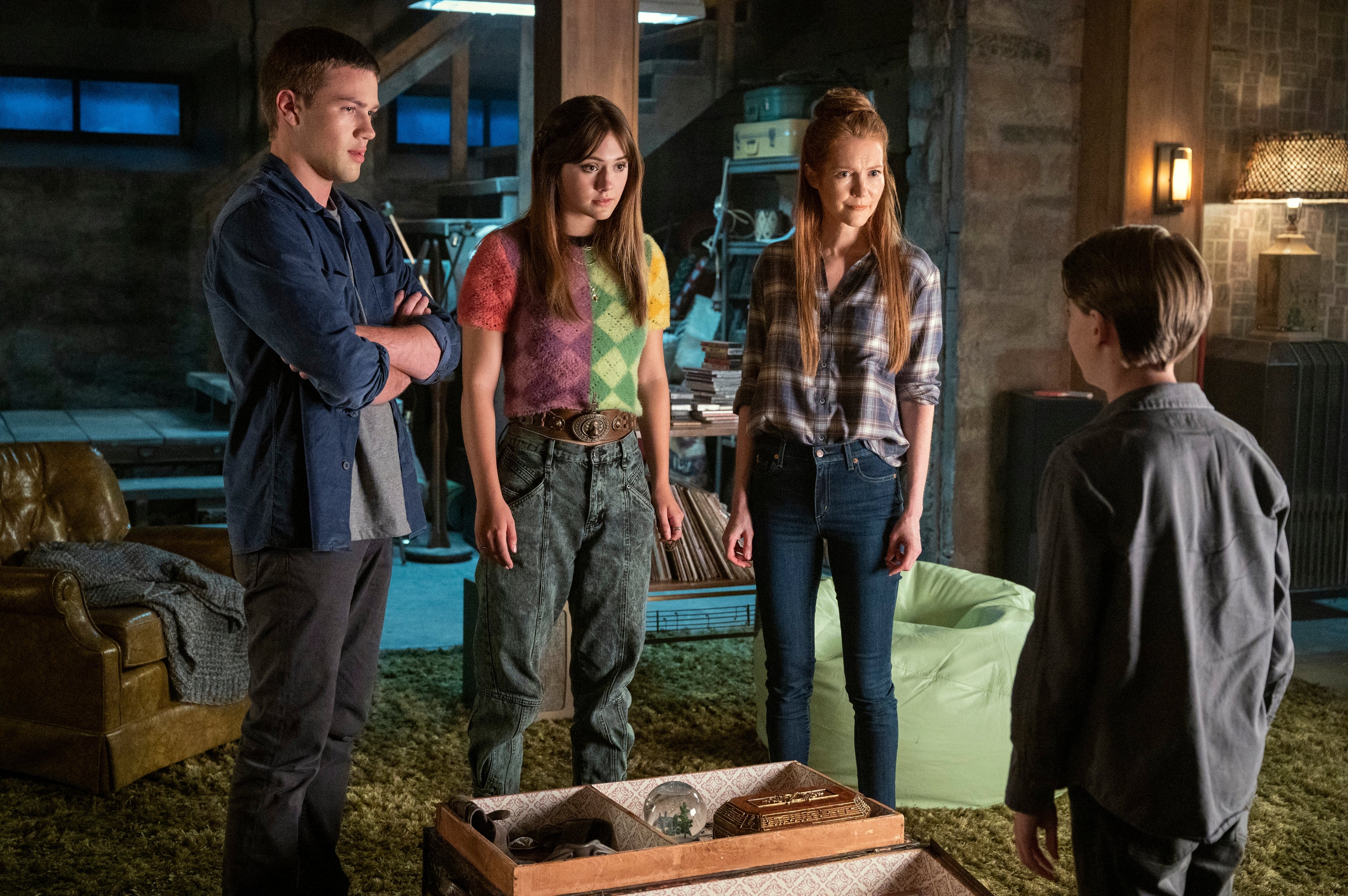
Clocking in at just eight episodes rather than the 10 of previous seasons, Locke & Key’s season-three story was more compact (several episodes were just over 30 minutes, rather than the usual 45-plus minutes) than ever before. Considering seasons one and two kept the action going right until the end (with cliffhangers!), and season three had to make time to wrap things up (which we did like, as a later slide will explain), it was really more like seven and a half episodes. As a result, the pacing felt uneven and even rushed at times, and could be the reason for storylines like Carly’s and Gordie’s feeling half-baked at best.
Liked: Nina’s journey
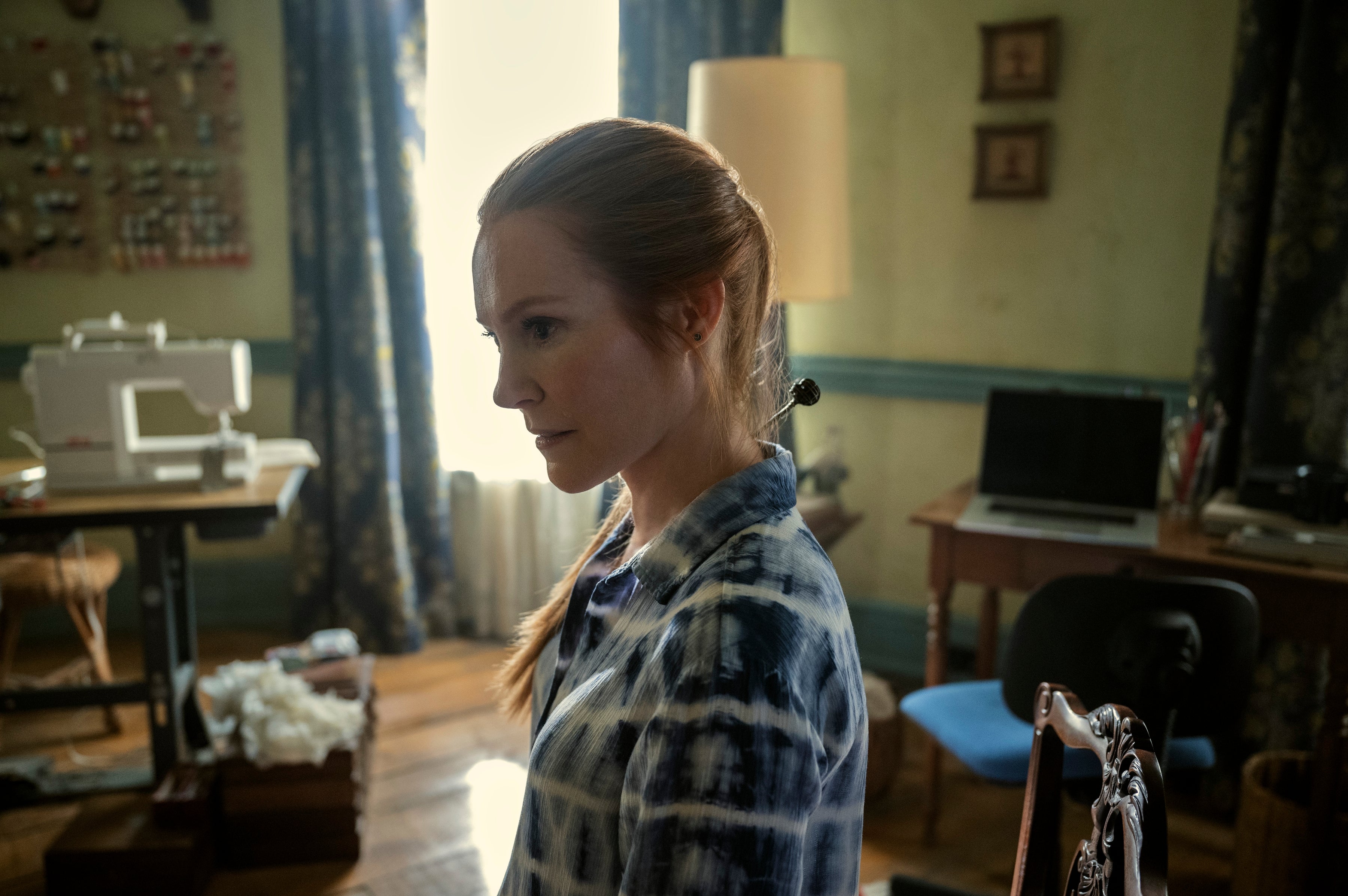
We’ve always known that Nina (Darby Stanchfield) is a recovering alcoholic — in season one, she briefly relapsed in the wake of Rendell’s death; in season two, she sought out an AA meeting after recognising she was headed that way again. But season three forced Nina to confront her disease as never before. After using the Memory Key so she could understand and remember magic, she used the Head Key to look up memories of Rendell — and realised just how many happy occasions were marred by her drinking. It’s a tough truth to accept, and Locke & Key slowed its breakneck season-three pace (briefly, but still) to give Nina’s self-confrontation the space it needed.
Liked: Kinsey singing

You know they were excited to bust this one out. Between seasons two and three of Locke & Key, Emilia Jones starred in Oscar-winning Best Picture Coda, a film that just so happens to show off her stunning voice. Kinsey never sang before, but she does it twice this season, and it’s just as lovely as you’d expect.
Liked: The sense of closure

After Kinsey and Bode used the Memory Key, ensuring they’d remember magic — and after Kinsey, Bode, Tyler, and Nina used the Timeshift Key to travel to the past for one last reunion with Rendell — the family tossed all the keys into the portal, realising that’s what they needed to do to seal it forever. That action tied perfectly into Locke & Key’s prominent themes of honouring the past while also being mindful of not letting the past hold you back. And, to paraphrase Rendell, it also emphasised the show’s ultimate message about how the people you love are what provide life’s most important magic. (Plus: The Splattering 2 premiere was a smash success!) It hustled to get there, but Locke & Key managed to find closure on a note that felt happy, hopeful, and also appropriately melancholy.
Locke & Key seasons 1-3 are all streaming on Netflix.
Want more Gizmodo news? Check out when to expect the latest Marvel and Star Wars releases, what’s next for the DC Universe on film and TV, and everything you need to know about House of the Dragon and Lord of the Rings: The Rings of Power.
